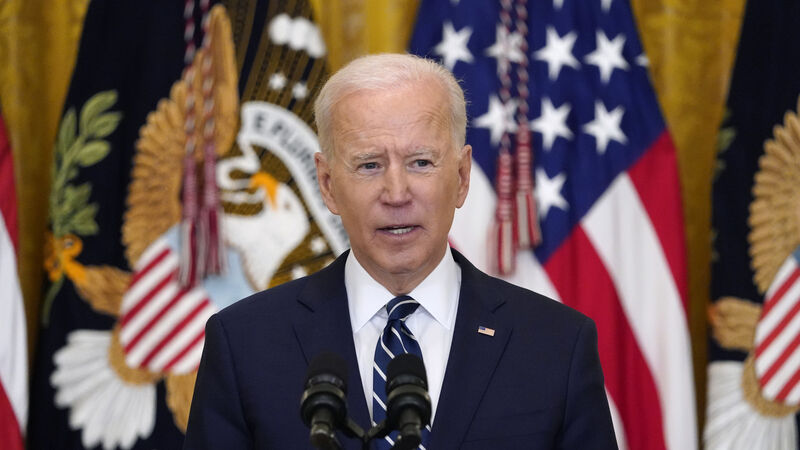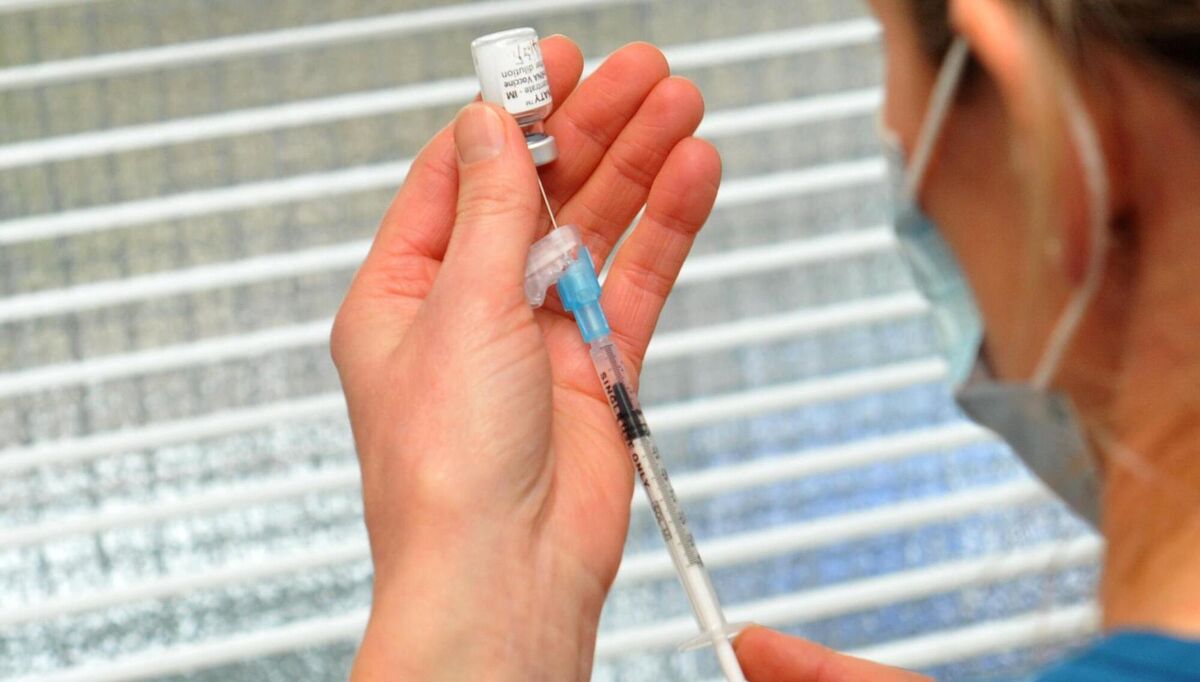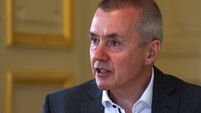Oliver Mangan: Euro pressured by widening interest rate gap

The main factor behind the expectations for higher rates is the marked upgrade to US growth prospects for 2021 and 2022, thanks to the enormous Biden fiscal stimulus package.
The most significant change in financial markets in the first quarter of 2021 has been the marked hardening of interest rate expectations in the US and the consequent sharp rise in long-term bond yields.
The expectation in markets at the end of last year was that US interest rates would be raised very, very slowly, with three-month rates only getting to 1% by the end of 2025.
Now, markets see wholesale rates rising to over 2% by the end of 2025, which implies almost 200bps of Fed rate tightening, starting in the second half of next year.
Not surprisingly, this has put upward pressure on bonds yields, with 10-year US Treasury yields climbing from 0.9% to as high as 1.7% over the past three months.
The main factor behind the expectations for higher rates is the marked upgrade to US growth prospects for 2021 and 2022, thanks to the enormous Biden fiscal stimulus package, as well as the rapid rollout of vaccines.
The firming in rate expectations have been much less pronounced in other markets, most notably in the eurozone and Japan. Even in the UK, where futures contracts have hardened, markets see rates rising by less than 100bps between now and the end of 2025, far less than in the US.
This upward pressure on US interest rates is impacting currency markets. The dollar lost considerable ground during the second half of last year, partly due to the erosion of its significant interest differential over most other markets.
It was expected the dollar would remain under downward pressure in 2021, given the relatively stable outlook for interest rates prevailing at the start of the year.

The dollar, though, has rallied over the first quarter in line with rising US interest rates. This has seen the euro drop back below the $1.18 level from $1.23 at the start of the year.
The market is still very short the US currency, so further gains could be in store for the dollar as these positions are closed out.
We had expected that EUR/USD would spend most of this year trading in a $1.20-$1.25 range, but the changes in interest rate expectations make this seem unlikely.
Vaccinations are also becoming an important influencer in currency markets as they are a key driver of economic growth prospects and interest rate expectations.
A look back at the recent past illustrates just how potent a rising US interest rate differential vis-a-vis the eurozone can be.
In early 2018, the US Fed increased the pace of rate hikes, with the funds rate rising from 1.5% to 2.5% in the year, while the ECB deposit rate remained rooted at -0.4%.
Meanwhile, the 10-year US-German bond yield spread widened by 90bps at one point. Overall, this saw the euro fall from close to $1.25 in January 2018 to $1.13 by the end of the year.
Fresh lockdowns in the eurozone have put the euro under pressure in the past week. There is good support for the currency in the $1.16-$1.18 range.
However, for this to hold, the EU will need to deliver on its promise to step up the pace of Covid vaccinations considerably in the second quarter.
Even then, the US is racing ahead of the EU in its economic recovery, making it difficult to see a narrowing of interest rate spreads over the eurozone anytime soon. Overall, a return to above the $1.20 level for the euro could be a difficult challenge this year.
• Oliver Mangan is chief economist with AIB











